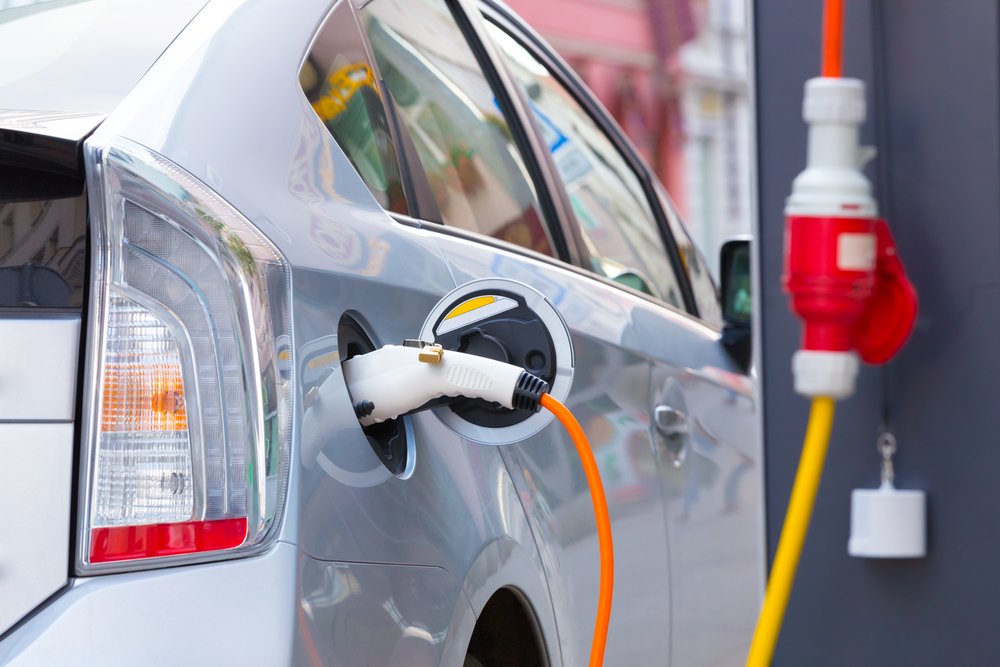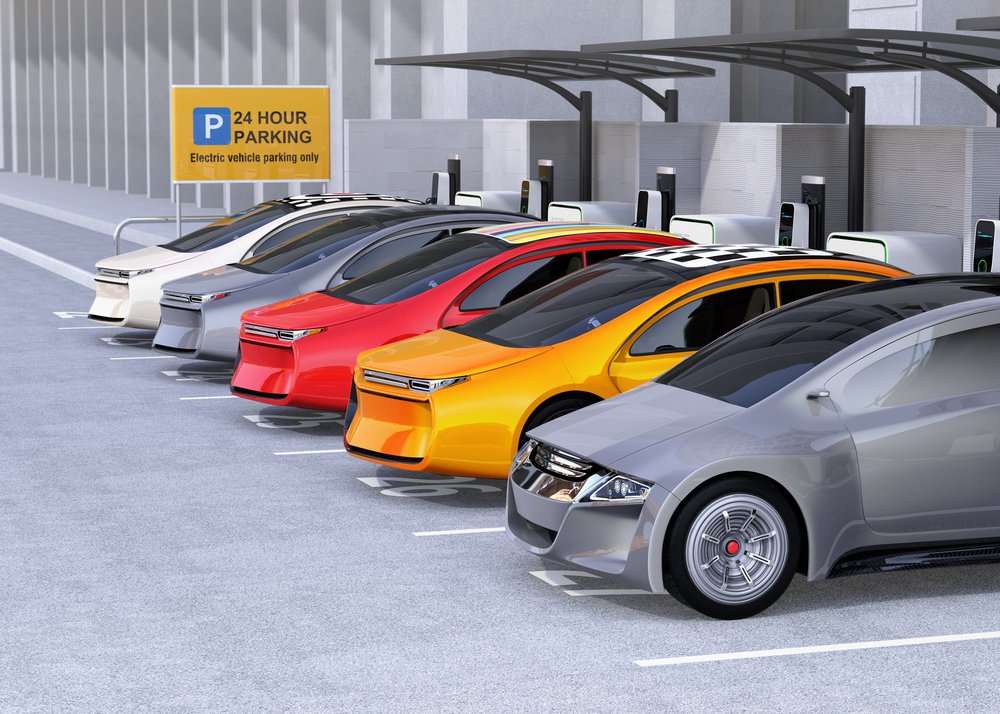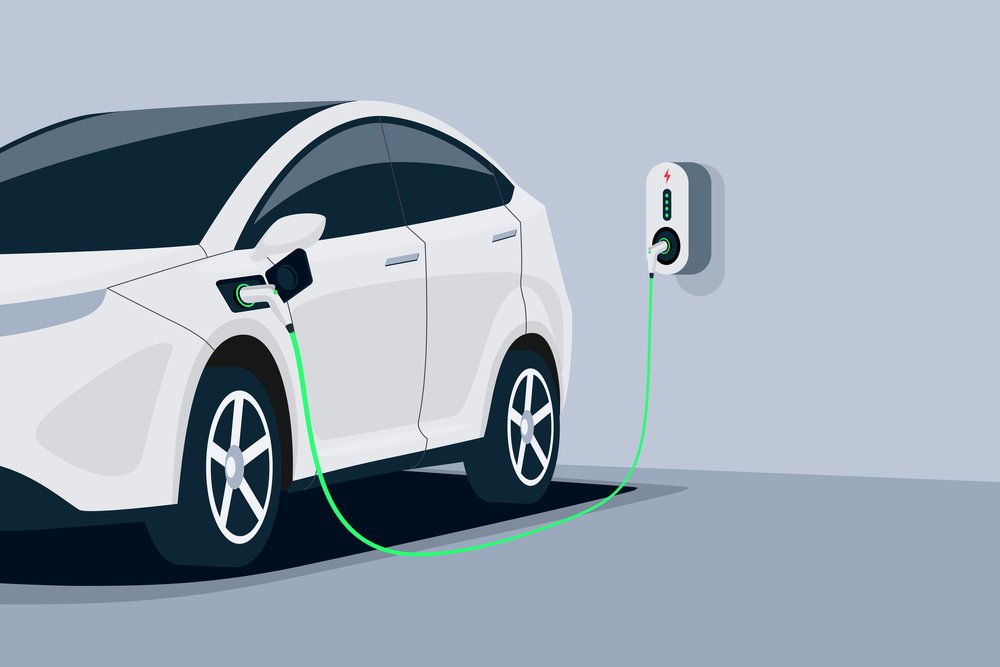
Electric vehicle charging stations see the highest utilization rates in densely populated, higher-income areas near parks and shopping amenities, according to new data from the Transportation Energy Institute’s (TEI) Charging Analytics Program (CAP).
The analysis covered over 1,000 DC fast chargers across the U.S. and Canada.
The CAP, developed in partnership with the Center for Sustainable Energy (CSE), aims to provide businesses with actionable EV market and charging deployment data to optimize site selection and ensure a strong return on investment.
“We saw a need to help site hosts make informed decisions, optimize products and services, and collaborated with CSE to develop CAP to address those needs,” said Karl Doenges, executive director of the Charging Analytics Program. “Our tiered construct starts with a high-level summary of market dynamics and progressively adds more granular regional analysis.”
Key findings from CAP’s initial analyses included:
- Median Income: Higher median income is one of the top predictors of EV charging station utilization.
- Infrastructure: The number of roads and population density significantly influence charger use.
- Amenities: Proximity to parks, open spaces, and stores correlates positively with charger utilization.
- Local factors: Utilization varies widely among chargers within a mile of each other, indicating the importance of hyperlocal characteristics such as traffic flow and traffic lights.
“EV chargers can attract customers who will spend time and money at a retailer. But businesses need data to determine which sites will bring the best returns,” said Scott Shepard, CSE’s transparency and insights director. “CAP layers EV market and charger deployment data with insights from EV infrastructure and retail business experts to provide actionable intelligence for charger deployment.”













Leave a Reply